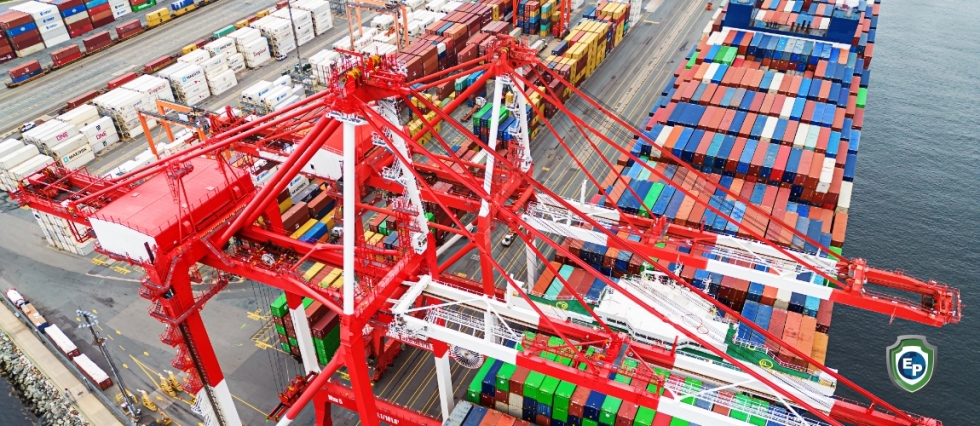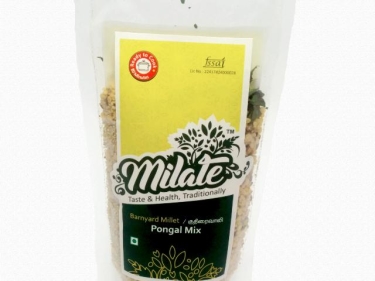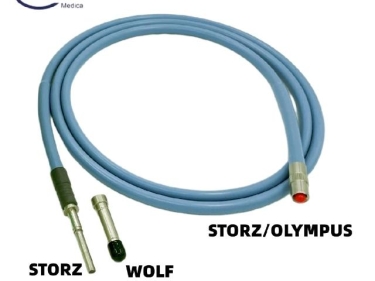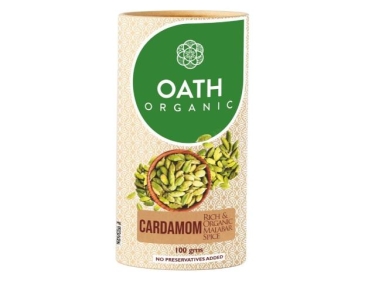India, Iran, Russia, and the INSTC
India and Iran have put in place a digital tool to push trade as they gear up to implement the landmark bilateral pact that will see the two states cooperate on a range of trade-related activities

In a time of great political and social upheaval in the Islamic Republic of Iran, there is much uncertainty and concern. However, there is some good news for Iranian importers and exporters, and the e-commerce sector. And the good news comes from a slightly surprising source: the Republic of India.
Trade-boosting digital tools
India and Iran have successfully finished the first pilot of a fully digital intermodal TIR transport. This could provide an excellent impetus to trade, specifically via the International North-South Transport Corridor, or INSTC, between India and Russia. The pilot container was released within a day after arriving at Iran’s Bandar Abbas port, a process that would normally take up to five days. The project was completed in cooperation with the Iranian and Indian customs authorities.
What is TIR?
TIR is the only global transit system that allows for goods to be shipped from the origin country via transit to its destination country in sealed load compartments controlled by customs with a multilateral system. This provides a safer, easier, and more reliable way to transport goods across numerous international borders. It can save money and time for transport operators and customs professionals.
The pilot project demonstrated the efficacy of a fully intermodal TIR carriage. Electronic security was issued instead of a TIR carnet. Pre-declaration messages by public and private actors were exchanged electronically. These included the customs authorities. This is key because it significantly expedited the customs and port procedures.

Russia to India via Iran
The INSTC has been simplifying trade, which is good. However, it has been key in enabling a higher trade volume between India and Russia via Iran. If this raises some eyebrows, it should. The INSTC has taken on much more significance amid sanctions and import and export bans that Western nations have imposed on Russia after Vladimir Putin’s decision to invade Ukraine.
Iran is also something of an international pariah at the moment. At the time of writing, Iran is in the midst of a harsh crackdown on protestors upset at the death of Mahsa Amini in the custody of the country’s morality police. Iran has consistently cooperated with Russia. India, which is often seen as a Western ally, has not marched in lockstep with Western nations and has been quite cooperative with Russia themselves. Indian President Narendra Modi has taken various authoritarian stances during is presidency and his Hindu-nationalist party, the BJP, counts among its supporters many Islamophobic followers. That Modi would work so closely with Iran on this global trade innovation is a bit of a peculiarity.
The INSTC
The 7,200km-long grid of highways, sea routes, and rail routes under the INSTC provides a connection between Russia and India. Goods from Russia to India, and vice versa, typically move through Iran, which may explain the cooperation.
The INSTC connects the Indian Ocean to the Caspian Sea through the Persian Gulf, and onwards into Russia and Northern Europe. There are also plans to link the northern route through the Russian Arctic for goods transportation. The north-south transport corridor foundation began in 2000, arising from an intergovernmental agreement between Russia, Iran, and India. Azerbaijan joined in 2005.
Stay in the Loop with Export Portal
To find out more about how you can successfully trade at an international level and build your export and import website, make sure to check out Export Portal’s Blog Page!


















Comments 1